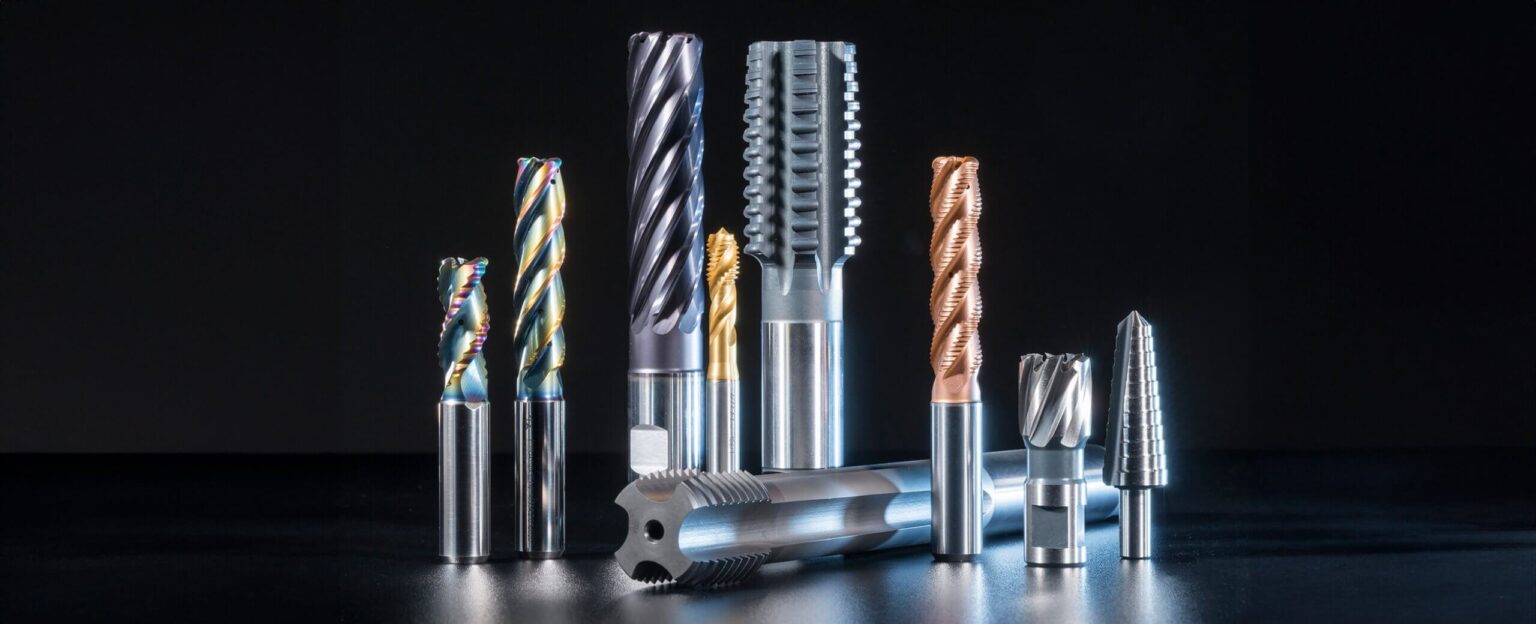Precision is not just a desirable trait; it’s a fundamental requirement in modern manufacturing. For industries where the margin for error is virtually zero—such as aerospace, medical device manufacturing, and electronics—the cutting technique used can determine the success or failure of a component. Standard cutting methods often fall short when dealing with intricate designs, exotic materials, or the need for pristine finishes without altering the material’s properties.
This is where specialty cutting techniques come into play. These advanced methods offer unparalleled accuracy, enabling the creation of complex parts that were once considered impossible to produce. By leveraging technologies that use focused light, high-pressure water, or superheated gas, manufacturers can achieve clean cuts, tight tolerances, and superior edge quality. This guide will explore some of the most important specialty cutting techniques and their applications in critical industries, highlighting how they deliver the precision needed to push the boundaries of innovation.
Laser Cutting: Precision with Light
Laser cutting is a thermal cutting process that uses a focused, high-power laser beam to melt, burn, or vaporize material in a localized area. A jet of gas is often used to blow the molten material away, leaving a clean, smooth edge. The process is controlled by a computer, which directs the laser beam with incredible accuracy.
This technique is highly valued for its ability to cut a wide range of materials, including metals, plastics, and wood, with exceptional precision. Because there is no direct physical contact with the material, the risk of contamination or material warping is significantly reduced. This makes it an ideal choice for delicate and complex components.
Key Applications
- Medical Devices: Laser cutting is used to manufacture small, intricate components for medical implants and surgical instruments, such as stents and catheters. The precision of the laser ensures that these life-saving devices meet strict regulatory standards.
- Electronics: In the electronics industry, lasers cut intricate patterns on circuit boards and create tiny components for microelectronics. The non-contact nature of the process is crucial for handling delicate electronic parts.
- Aerospace: Aerospace components often require complex shapes and are made from high-strength alloys. Laser cutting provides the ability to cut these materials with tight tolerances, which is essential for aircraft safety and performance.
Waterjet Cutting: Power and Versatility
Waterjet cutting is a cold-cutting process that utilizes a high-pressure stream of water, often mixed with an abrasive substance like garnet, to erode the material. The water is forced through a tiny nozzle at speeds up to three times the speed of sound, creating a powerful cutting force capable of slicing through materials ranging from soft rubber to hardened steel and titanium.
One of the primary advantages of waterjet cutting is that it is a cold process. This means it does not generate heat, so there is no heat-affected zone (HAZ) that could alter the material’s structural properties. This is a critical benefit when working with heat-sensitive materials. The versatility of waterjet cutting allows it to handle a wide variety of materials and thicknesses without causing distortion or burrs.
Key Applications
- Aerospace: Waterjet cutting is frequently used for cutting composites and high-strength aluminum alloys for aircraft structures because it avoids thermal stress.
- Automotive: Manufacturers use waterjets to cut interior components like carpets and headliners, as well as metal parts for prototypes and custom vehicles.
- Stone and Tile: The ability to cut intricate designs into brittle materials like granite, marble, and glass makes waterjet cutting popular for architectural and decorative applications.
Plasma Cutting: Speed and Efficiency
Plasma cutting uses a jet of ionized gas at temperatures exceeding 20,000°C to melt and expel material. An electric arc is formed through a high-velocity stream of inert gas, creating a plasma jet that can slice through electrically conductive metals like steel, stainless steel, and aluminum with ease.
Plasma cutting is known for its high cutting speeds and efficiency, especially on medium to thick metal plates. While it may not always match the fine precision of laser or waterjet cutting, modern high-definition plasma systems have greatly improved cut quality and can achieve impressive results. It is an excellent choice for applications where speed is a priority and a slightly wider kerf (the width of the cut) is acceptable.
Key Applications
- Industrial Fabrication: Plasma cutting is a mainstay in shipyards, construction, and heavy equipment manufacturing for cutting large metal plates for structural components.
- Automotive Repair and Restoration: The speed and portability of plasma cutters make them valuable tools for cutting away damaged metal sections on vehicles.
- Art and Signage: Metal artists and sign makers often use CNC plasma cutters to create intricate designs and lettering from metal sheets.
Electrical Discharge Machining (EDM)
For applications requiring the highest level of precision on conductive materials, wire EDM machining is a go-to technique. This process uses a thin, electrically charged wire to cut through a workpiece via a series of electrical sparks. The workpiece is submerged in a dielectric fluid, and as the wire approaches it, sparks erode the material to create the desired shape. Since the wire never physically touches the part, there are no cutting forces, allowing for the creation of extremely fine and detailed features without stress.
Choosing the Right Path to Precision
The demand for smaller, more complex, and more reliable components continues to drive innovation in manufacturing. Specialty cutting techniques like laser, waterjet, and plasma cutting have become indispensable tools for meeting these challenges. Each method offers a unique set of advantages, making them suitable for different materials and applications.
By understanding the capabilities of these advanced processes, engineers and designers can select the most appropriate technique to achieve the required precision, quality, and performance for their critical applications. As these technologies continue to evolve, they will undoubtedly open up new possibilities in product design and manufacturing, pushing the limits of what is possible.


